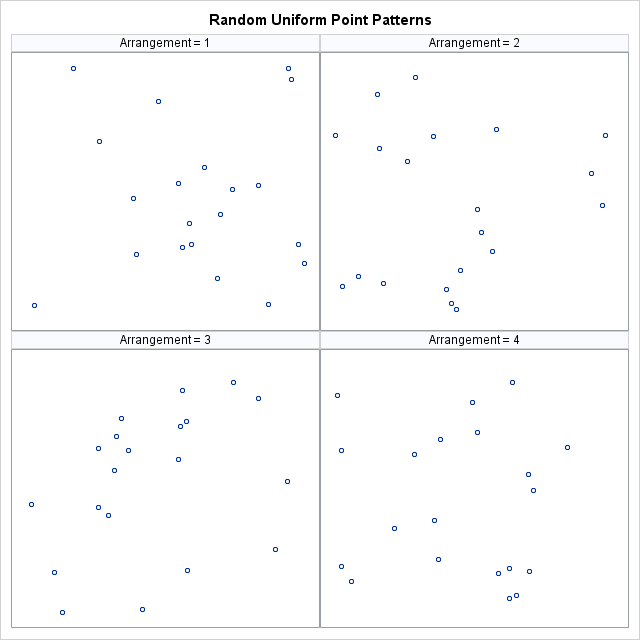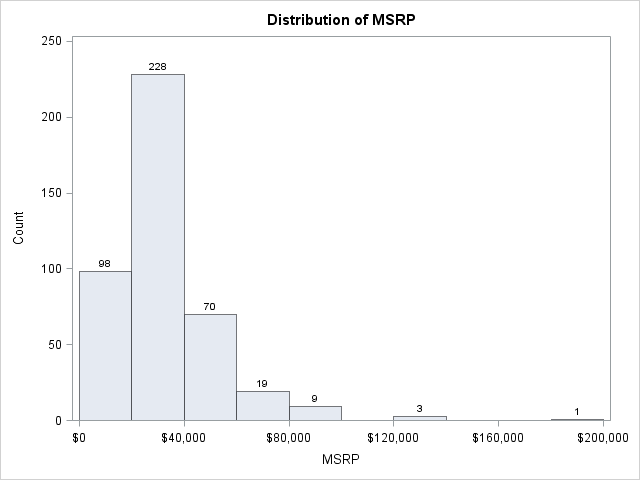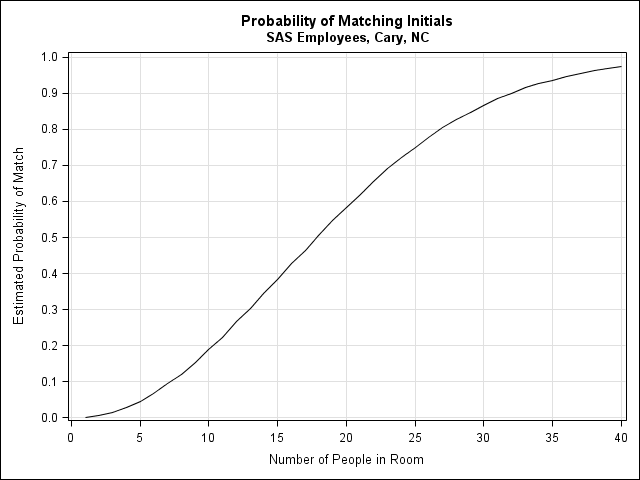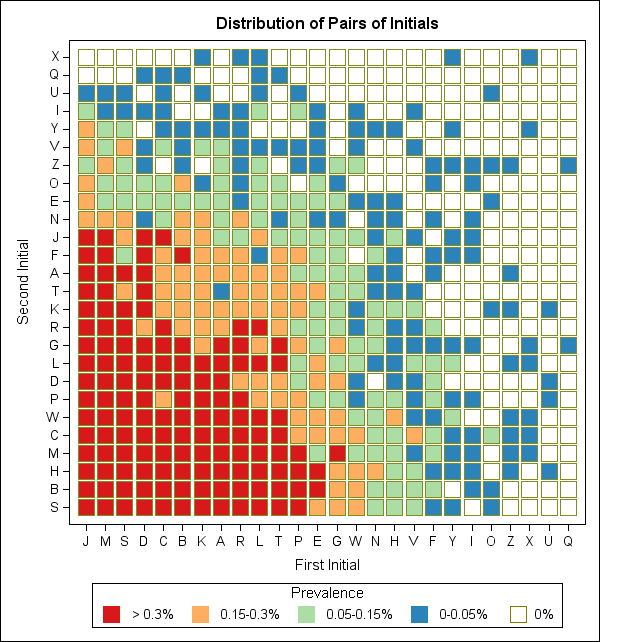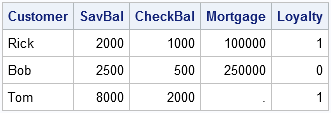
As Cat Truxillo points out in her recent blog post, some SAS procedures require data to be in a "long" (as opposed to "wide") format. Cat uses a DATA step to convert the data from wide to long format. Although there is nothing wrong with this approach, I prefer to


